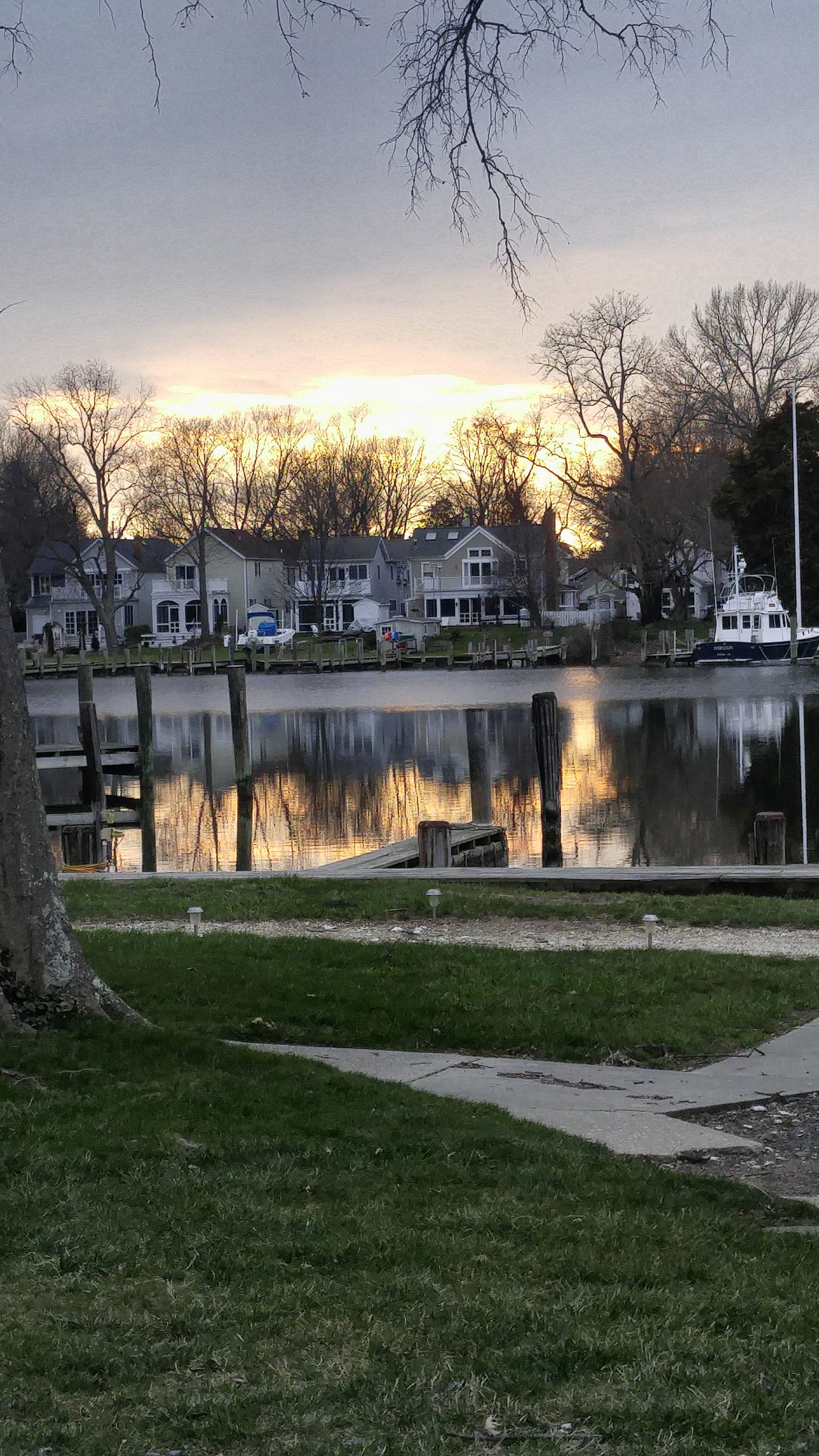Rearranging deck chairs
We spend millions of dollars to move sand around - even if the locals don't want it.

The other day I saw an article by
, who writes a Substack called Radio Free Oxford.What has Greenhawk up in arms is the state of Maryland’s overreaction to occasional flooding that, according to the longtime Oxford resident, seldom affects the area in question. They’re getting a “living shoreline.”
(The) "Dynamic Living Shorelines" project funded by a grant from the Department of Natural Resources and the National Fish and Wildlife Foundation… is the project that will change, and destroy, the iconic Strand of Oxford forever. As the Oxford Town Manager said, "The living shoreline and breakwaters will give us the ability to push the land out a little bit." This will provide more beach area, crowds, and a sandy expansion most people in town, especially the Strand, don't want.
As one homeowner said, "I didn't buy my home to live near a beach."
I didn’t grow up near the water, but I was raised by the North Coast. Lake flooding wasn’t too common unless we had a strong northeast wind that blew the water into Maumee Bay, so there were portions of Toledo that would occasionally flood in the early spring, when the Lake Erie level was high with snowmelt. We also had to watch vulnerable parts of the local Maumee River watershed for ice dams, prolonged snowmelt, or a summer gullywasher that would flood the fields close by the drainage ditches, rivers, and creeks - after all, I grew up in the midst of what was once the Great Black Swamp. Pioneers in the region dug drainage ditches to dry out the land, revealing rich agricultural soil that, at times, is underwater. Generally all the work the pioneers did in the mid-19th century has been effective, but not foolproof. We just know what areas to avoid.
On the other hand, local beachside residents and municipalities along our Atlantic coast depend on the Army Corps of Engineers coming along every few years and replenishing the beach by pumping the sand that was carried out to sea back onshore. Lather, rinse, repeat. The tourists want a wide beach, our tax dollars provide it - presumably for a good ROI when the tourists come back.
But Oxford is different. Again, as the one unnamed resident said, “I didn't buy my home to live near a beach.” The Strand has a marvelous view of the Tred Avon River and its boat traffic that includes the nation’s oldest privately-owned ferry service, the Oxford-Bellevue Ferry, that dates back to 1683. I’m sure the Strand wasn’t a beach then, but the powers that be want to destroy the pristine view and make it a beach now. The question Greenhawk asks is why? What’s the benefit?
It’s true that Oxford is no longer an old waterman’s town, as much of the population has turned over in the last half-century to include the well-to-do who have escaped the hustle and bustle of urban areas to move to a small town of about 650 residents, much of which is surrounded by water on three sides. But presumably they knew that, being near water, the town was going to flood at times. Unfortunately, I also think they bought hook, line, and sinker into the “rapidly rising sea level” narrative pushed by the environmentalist wackos - thus, you get disruptive projects which will probably lead to their own neverending cycle of replenishment (at taxpayer expense) in a few years.
And it’s not just Oxford. Sediment which naturally fills in the shipping lanes for the Port of Baltimore will be moved over 50 miles to help rebuild two Chesapeake Bay islands that have heretofore been eroding away, to the tune of $37.5 million. (The new destinations are about 30 miles, or a 60-mile round trip, farther from the Port of Baltimore than the old island dumping site was.) More money to move sand and keep some dredging company in business.
It’s a fact of life that these outposts in the Chesapeake will erode away in a matter of time, as islands which were settled in colonial times have now been abandoned to the waves. Certainly there was risk in settling there, just as there is a risk in living on the water regardless of where you go. However, aside from flooding, the town of Oxford was certainly in less danger than a barrier island. It’s a shame we’re wasting our money on the Strand Folly.
Until next time, remember you can Buy Me a Coffee since I have a page there.





Government agencies with no Congressional oversight running amok. That also pass rules they have the nerve to call laws.
Loved the photo!